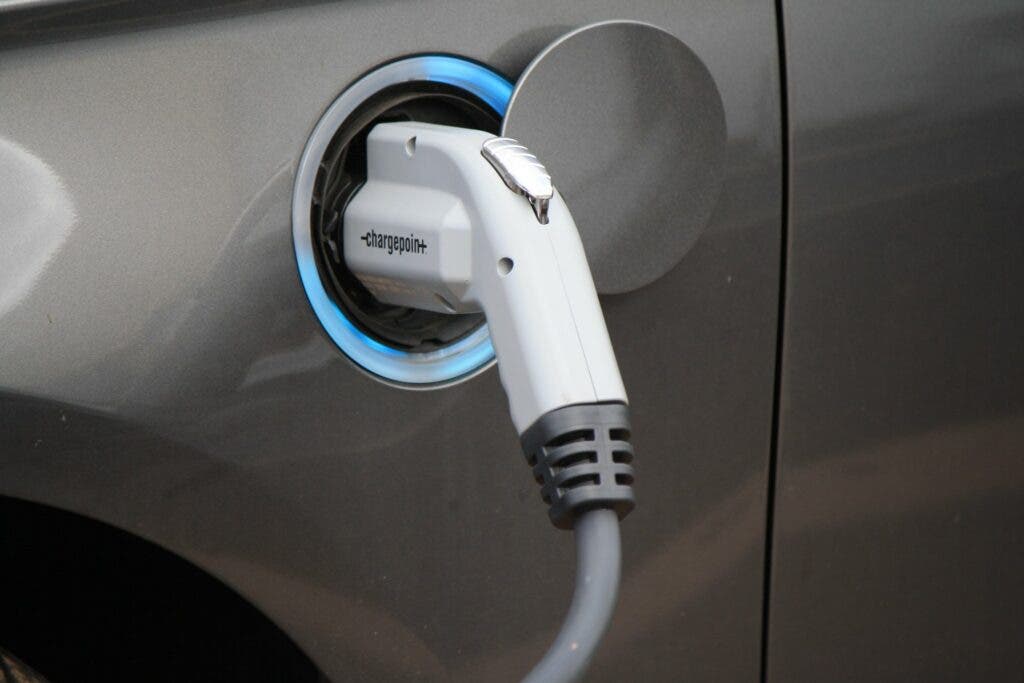It’s time to say goodbye to fossil fuel vehicles, at least in the New York. Following the approval of the state’s Senate and Assembly, Governor Kathy Hochul signed a new law banning the sale of all fuel-powered vehicles in the state by 2035. This would help New York achieve its overall climate target of reducing polluting emissions by 85% by 2050.

Under the new legislation, all in-state sales of new cars and trucks will have to be zero emissions by 2035. The first step will be creating a zero-emissions vehicle market development strategy, which should be ready by 2023. Currently, about 1% of new vehicles sold in the New York are fully electric, so there’s a long way to go.
As well as targeting passenger vehicles, the law also asks off-road vehicles and equipment to be zero-emission by 2035. Heavy-duty vehicles will have an extra five years. Still, there’s some wiggle room in case batteries for trucks or construction equipment aren’t available. Zero emissions will only be required “where feasible,” the law reads.
“New York is implementing the nation’s most aggressive plan to reduce the greenhouse gas emissions affecting our climate and to reach our ambitious goals, we must reduce emissions from the transportation sector, the largest source of the state’s climate pollution,” Hochul said in a statement. “The new law marks a critical milestone in our efforts.”
Even without regulations, such as the one in New York, half of the global passenger-vehicle sales in 2035 will be electric, according to the BloombergNEF (BNEF) consultancy. This is driven by a dramatic drop in the cost of the batteries, making electric cars more cost-competitive — and even cheaper. BNEF estimates they will be 20% cheaper in 2023 compared to what they cost today, making electric cars reach price parity with conventional ones by mid-2020s.
The challenges for New York
While it may hard to convince people to change to EVs, the biggest hurdle for New York will be developing a fast-charging network to facilitate long-distance travel. Cities will also need a large-scale charging infrastructure to allow residents to charge their cars, placing chargers in streets, parking garages, grocery stores, and also in shopping malls.
New York City, with 40% of the state’s population, predicts it will have to install over 800,000 chargers, especially curbside, as on-street partaking is very commonly used. There’s already a pilot plan in place through which 120 chargers were set up, with EV owners paying by the hour. Their location was based on projected demand and input from the residents.
Back in April, New York and 11 other states asked President Biden to develop a strategy for all vehicles to be sold in the US to be zero-emissions. In the letter, they ask the federal government to ensure all new passenger cars and light-duty trucks are zero-emission by 2035, encouraging Biden to promote tax credits for EVs and secure funding for investment in infrastructure.
California was the first state to announce a deadline for new fossil-fuel vehicle sales. Last September, Governor Gavin Newsom issued an executive order asking the state’s Air Resources Board (CARB) to develop regulations to obligate zero emissions for all new passenger cars and trucks by 2035. Massachusetts then joined California with a phaseout set for 2035.


